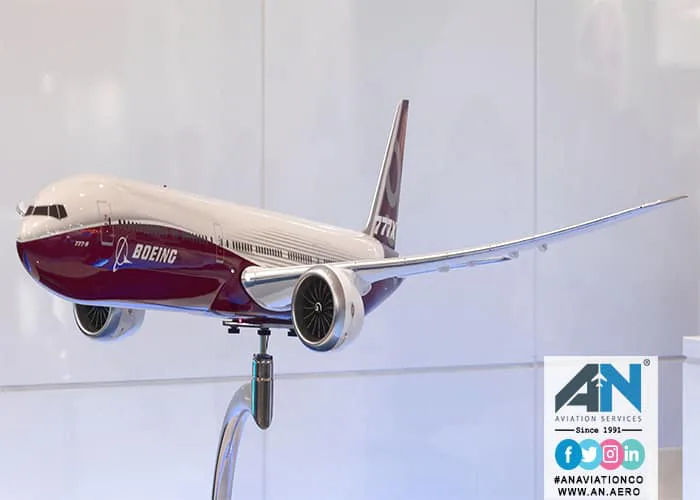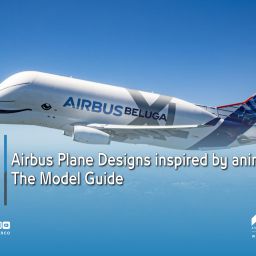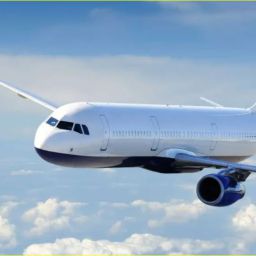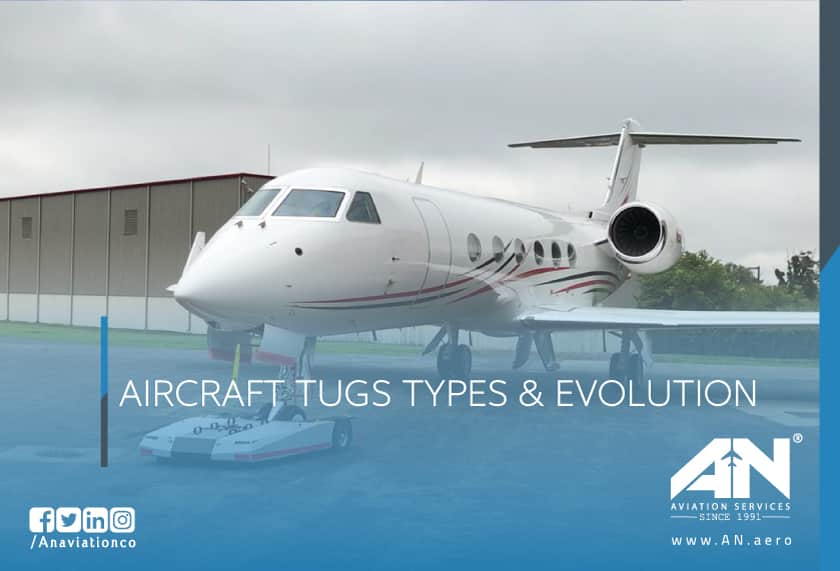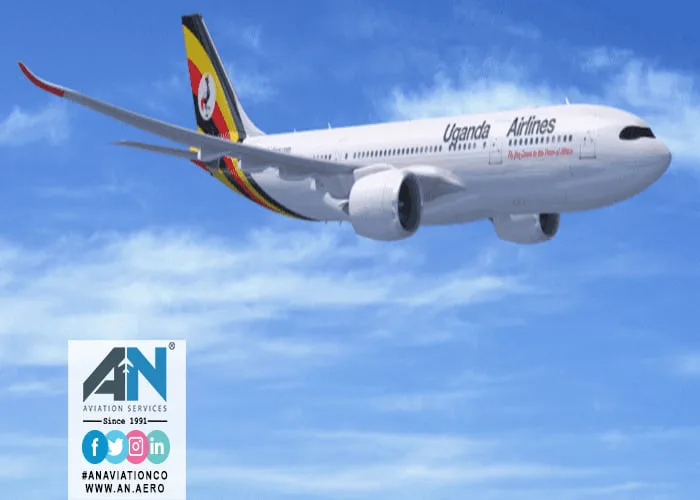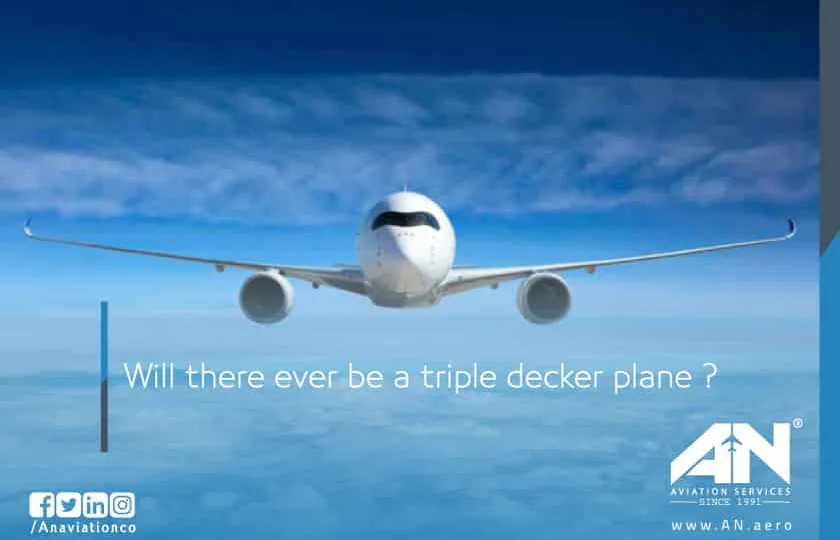
There is something special regarding large flying aircraft. The Boeing 747 captured the world’s imagination with its large wingspan and the Airbus A380 cemented the love of a double-decker aircraft. however, could we see a triple-decked aircraft sometime in our lifetime? And what would it look like?
What is a triple-decker plane?
Before we get into what’s possible and what is impossible, we should initially define what’s a triple-decker plane.
The Boeing 747 and Airbus A380 are presently defined as double-decker planes, however, they’re technically triple-decker planes when you include the cargo decks. With some slight modification, the bottom cargo deck can be made inhabitable for passengers and fitted out for their comfort.
In fact, this is the idea behind Qantas’ cargo class aircraft. Qantas has been looking at the cargo area of their long-haul aircraft (flying direct from Australia to Europe) and visualized sacrificing cargo capacity for additional customer amenities.
Or it could be filled with another large deck of economy passengers, pushing the capacity of aircraft like the 747 and A380 well over 1000 souls on board.
But what about a true three-decker aircraft, that included the fourth cargo deck in its design.
Would it ever be built?
Whilst the engineering is relatively straightforward (you just have to make the aircraft larger and expand the internal area to accommodate a middle deck) there are a few issues that might stop the aircraft from ever seeing the light of day.
The first is the engineering cost. a few years ago, Lockheed Martin designed a special delta-winged aircraft that could easily carry over a thousand passengers. the problem was that they required the combined efforts of both Boeing and airbus to even bring a prototype to life.
A triple-decked aircraft which might be a brand new design would similarly require a mammoth amount of resources to bring into the world.
Likewise, airports would have to shoulder the new cost of facilitating these new aircraft, with long runways and expanded terminals. Like with the A380, new gates would need to be built to allow up to three levels to board at once.
But the main reason it’s never been built and might never make it past the drawing board is there isn’t a business case for such massive aircraft. Airlines have already fallen out of love with the lumbering A380 and the Boeing 747 is no longer under production (for the passenger model at least).
Until there’s a massive demand to move as many passengers as possible at once (rather than the same amount over the course of a day with different frequencies) then we’ll never see such a beast of a machine.
AWWA Sky Whale
The first is the AWWA Sky Whale – now this plane is totally bonkers and relies on technology that’s beyond even the latest James Cameron. But we can admire the artist’s vision for an aircraft that has an evolution beyond what we currently have today.
The plane is a different take of what is known as the Breguet Range equation – how to fly as efficiently as possible.
They are propulsive efficiency (how efficient are your engines?); aerodynamic efficiency (is lift maximized and drag minimized?); and structural efficiency (how much payload can you carry?). Airlines naturally want the best engine and aerodynamic efficiency but then want to carry as much cargo, be it post or passengers, as possible.
Deck III
Secondly, we have the more conservative DECK III concept that can be built today with current technology. Seemly a marriage between a Boeing 747, Airbus A380, and an Antonov An-225 Mriya, this design has all the disadvantages.
With three engines, it would require so much fuel to fly that any airline CEO considering operating it would seriously need to check-in for therapy. But it would have three decks and would fly slower than normal commercial aircraft to reach peak fuel efficiency.



